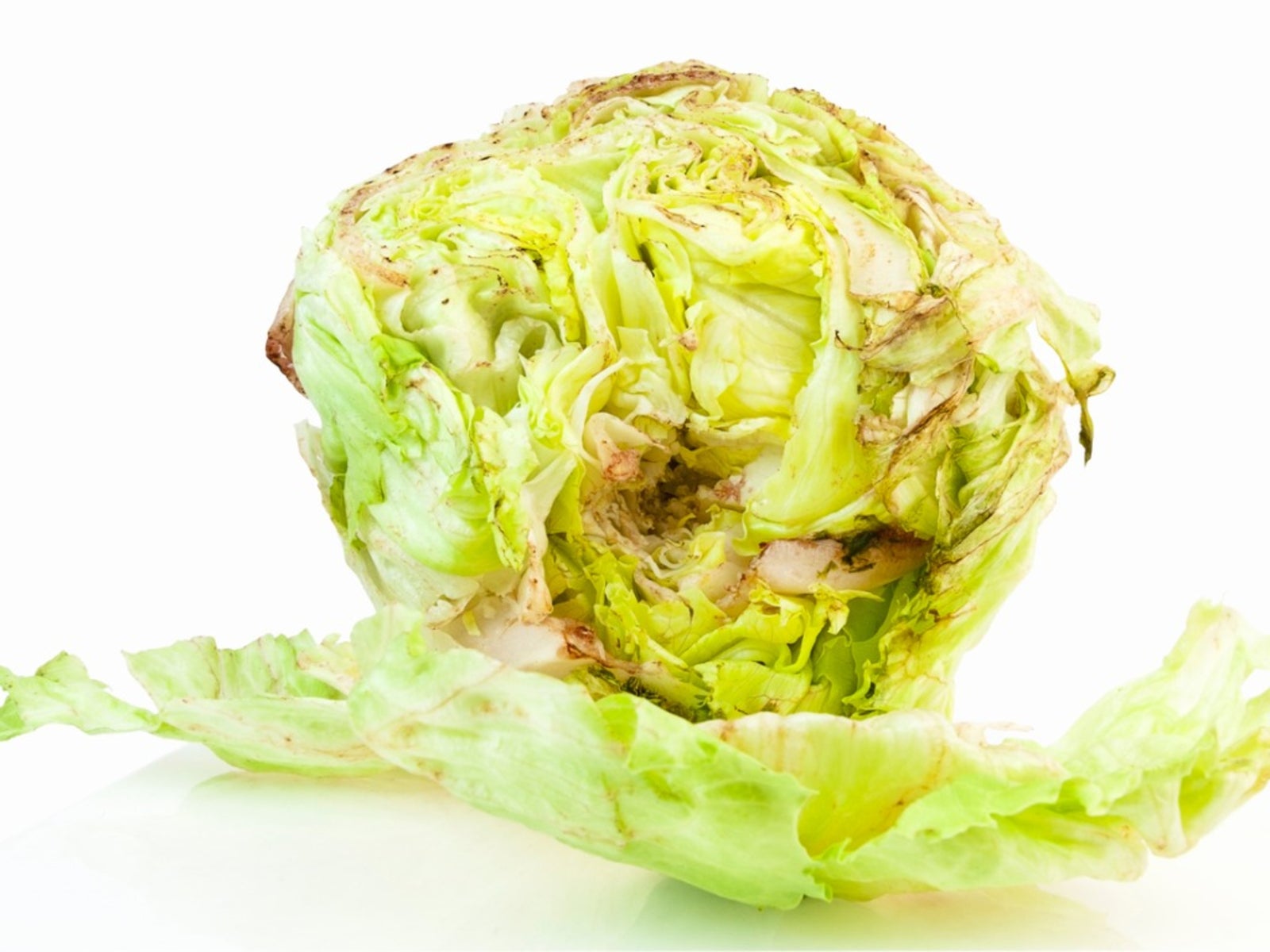Rotting Lettuce Plants – Managing Lettuce With Soft Rot


Soft rot is a group of troublesome bacterial diseases that cause problems for gardeners around the world. Soft rot of lettuce is disheartening and extremely difficult to control. If your lettuce is rotting, there is no cure. However, you can take steps to minimize the problem and keep it from happening in the future. Read on to learn more.
About Rotting Lettuce Plants
In order to gain a better understanding, it helps to recognize the most common symptoms of lettuce with soft rot disease. Soft rot of lettuce begins with small, reddish brown, water-soaked spots at the tips of leaves and between veins. As the spots enlarge, the lettuce wilts and soon becomes soft and discolored, often affecting the entire head. When lettuce is rotting, the collapsed vascular tissue causes slimy leaves with an unpleasant, putrid odor.
What Causes Soft Rot in Lettuce?
The bacteria responsible for soft rot in lettuce is transferred by weather, insects, contaminated tools, infested plant debris, and splashing water from rain and sprinklers. Soft rot in lettuce is at its worst during wet weather. Additionally, calcium deficient soil is frequently a factor when lettuce is rotting.
What to Do About Soft Rot of Lettuce
Unfortunately, there are no treatments for lettuce with soft rot. Dispose of the plants carefully and try again in an area where the soil isn’t infected by the bacteria. Here are a few tips for managing the problem: Practice crop rotation. Plant non-susceptible plants like beets, corn, and beans in the area for at least three years, as the bacteria lives in the soil. Plant lettuce in well-drained soil. Allow plenty of space between plants to increase air circulation. Have your soil tested. If it’s low on calcium, add bone meal at planting time. (Your local cooperative extension office can advise you on soil testing.) Water in the morning so the lettuce has time to dry before the temperature drops in evening. If possible, water at the base of the plant. Avoid excessive irrigation. Harvest lettuce when the plants are dry. Never allow harvested lettuce to remain on the soil for more than 15 minutes. Sanitize garden tools regularly with rubbing alcohol or a 10 percent bleach solution.
Sign up for the Gardening Know How newsletter today and receive a free copy of our e-book "How to Grow Delicious Tomatoes".

A Credentialed Garden Writer, Mary H. Dyer was with Gardening Know How in the very beginning, publishing articles as early as 2007.